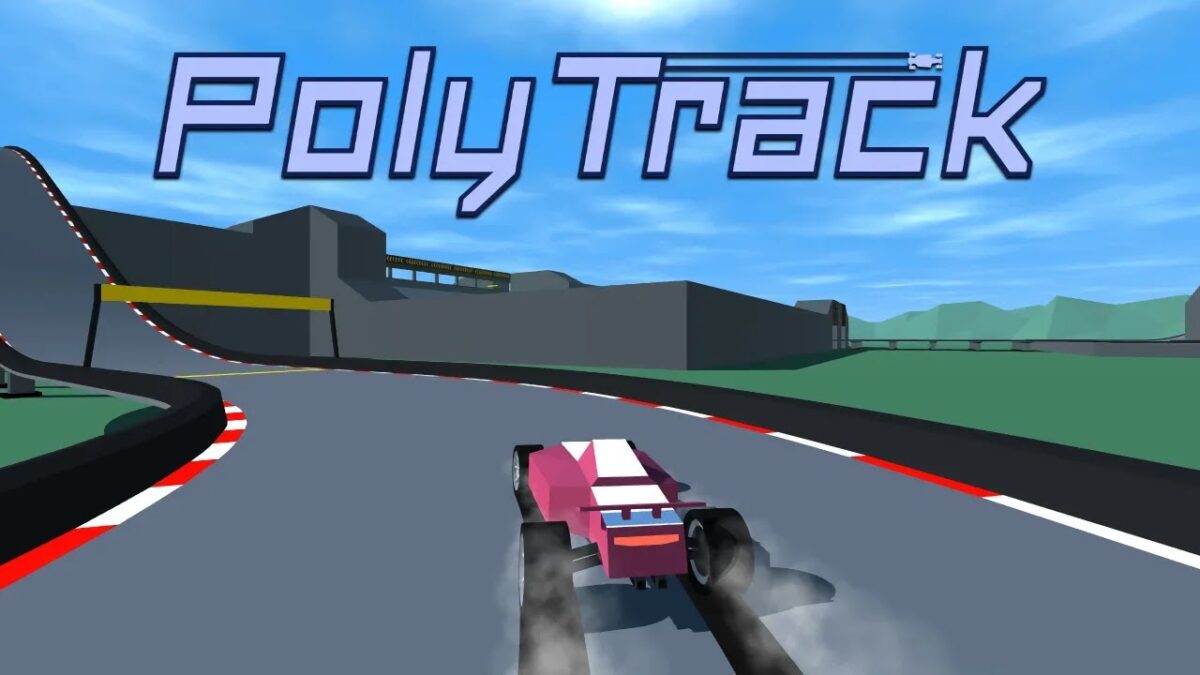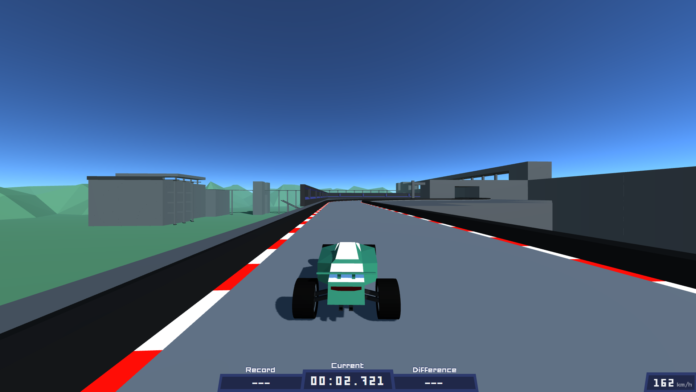If you’ve ever Poly Track walked into a modern school ground or sports complex and noticed that the tracks are no longer made of dusty red clay but something smoother, softer, and way more colorful chances are you’ve stepped onto a polytrack.
And if you’ve ever played tag, dodgeball, or relay races on one, you already know the difference it makes. Today, poly track games aren’t just for athletes they’re for every age group, from little kids just learning to run, to competitive teens pushing their limits, to adults staying active. Let’s break down what poly track games are, why they’ve become so popular, and what kinds of fun, fitness, and learning they offer.
What is a Poly Track?
A poly track (short for polymer track) is a type of synthetic surface made from rubber granules and polyurethane binders. You’ll usually find them in vibrant colors red, blue, green, even multi-colored lanes and they feel springy, soft, and grippy under your feet.
Originally made for professional running tracks and Olympic-level stadiums, poly tracks are now being installed in schools, kindergartens, sports academies, fitness parks, and residential societies across the world. Why? Because they’re safer, cleaner, long-lasting, and weather-resistant compared to old-school mud or concrete grounds.
Why Are Poly Track Games So Popular?
We’re not just talking about the surface we’re talking about a whole range of games and activities that are made more fun and accessible thanks to poly tracks.
- 1. Injury Prevention
Remember how badly scraped knees used to hurt after falling on concrete? Poly tracks reduce the impact thanks to their cushioning effect. Kids can fall, tumble, and get back up with fewer bruises. That alone is a win for parents and PE teachers.
- 2. Year-Round Usability
Rain? No problem. Sun? Bring it on. Unlike dirt tracks that become muddy messes or dusty hellscapes, polytracks drain water fast and resist heat, making them usable all year.
- 3. Multi-Game Support
From classic hopscotch and snake & ladder, to competitive 100m races and agility drills, these tracks are painted with game layouts that make PE classes and outdoor play way more interactive.
Types of Poly Track Games
Here’s a breakdown of popular poly track games for different age groups and settings:
For Kids (Preschool to Grade 5)
- Hopscotch
Brightly painted numbers and boxes, encouraging number recognition, balance, and hopping skills. - Alphabet Maze
A to Z letters spread across the track kids jump from letter to letter as teachers call out words. Fun + learning! - Animal Track
Painted animal footsteps (like bear crawl, frog jumps) to teach movement and posture. - Color Maze Chase
A game where children follow color-coded lines helps with color identification and coordination. - Mini Obstacle Courses
Jump, crawl, run, zigzag. These poly layouts keep the little ones moving without needing big equipment.
For Teens (Middle to High School)
- Relay Races & Baton Swaps
Proper track lanes allow serious athletic training but still fun during house competitions or sports day. - Agility Ladder Drills
Painted ladders on the ground (no trip hazard like actual ladders), great for stamina and leg speed. - Zig-Zag Dribble
For football or basketball practice improves foot control and lateral movement. - Long Jump & High Jump Marks
With exact measurement lines for tracking personal bests. - Sprint Starts & Finish Zones
Standardized lines for official race practice.

For Adults (Community Parks / Gyms / Rehab Centers)
- Walking Tracks with Distance Markers
Know exactly how far you’ve walked. Many poly tracks have 100m, 500m markers painted in. - Stretch Zones
Labeled areas with diagrams for basic stretches neck rolls, toe touches, hamstring stretches, etc. - Balance Games / Footwork Grids
Used in physiotherapy and elderly fitness programs improves motor skills and muscle memory. - Yoga and Meditation Circles
Non-slip polytrack zones with soft borders, ideal for barefoot use.
Poly Track vs. Traditional Surfaces: Real Talk
Growing up, we played on dusty playgrounds or cement yards. You’d come home with dirty socks, scraped elbows, and sunburn. Fun? Yes. Safe? Not always.
Today’s poly tracks are a serious upgrade.
| Feature | Mud/Clay/Concrete | Poly Track |
|---|---|---|
| Safety | High injury risk | Shock absorbent |
| Weather Resistance | Gets messy/slippery | All-weather usable |
| Cleanliness | Dusty or muddy | Easy to clean |
| Longevity | Wears out fast | 8-10 years average |
| Maintenance | Frequent upkeep | Low maintenance |
| Multi-game Capability | Limited | Custom layouts |
Learning Through Play Educational Value of Poly Track Games
For schools, poly track games are not just for play they’re built into the curriculum.
Teachers use them for:
- Interactive math (jump to the even number!)
- Spelling games (hop on the letters of a word)
- Team-building activities (group obstacle runs)
- Motor skill development (hopping, crawling, skipping)
Even special-needs educators love them for sensory engagement, spatial awareness, and controlled movement therapy.
Installation How Poly Tracks Come to Life
If you’ve ever wondered how these tracks are made it’s an art + science combo.
- Base Prep
A solid concrete base is laid. - PU Layering
A mix of rubber granules and polyurethane resin is poured and spread evenly. - Curing Time
It sets over 24–48 hours. - Game Painting
High-quality game layouts, shapes, and numbers are painted on using stencils. - Sealing & Finish
A UV-resistant top coat protects the colors and adds texture.
The result? A playground that looks like a canvas ready for learning, laughter, and limitless movement
Final Thoughts
Poly track games aren’t just a trend they’re a fundamental shift in how we think about movement, safety, and learning. Whether you’re a parent watching your child chase friends across colorful zig-zags, a coach training students for athletic meets, or just someone enjoying a walk at your local park these tracks are changing how we move, learn, and play.


